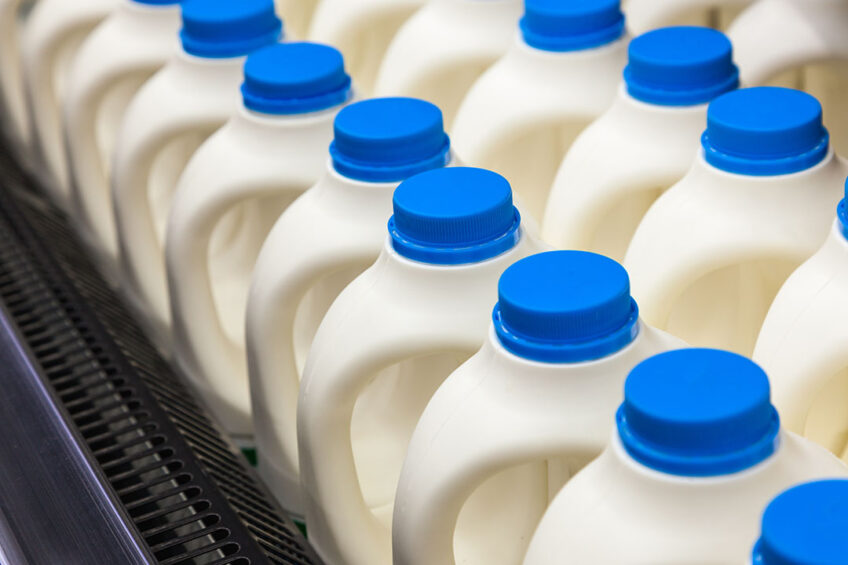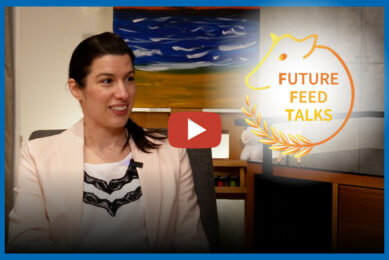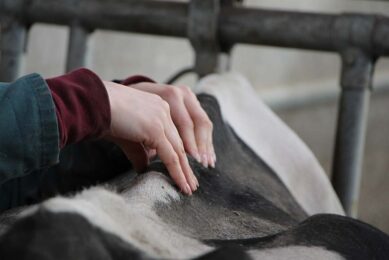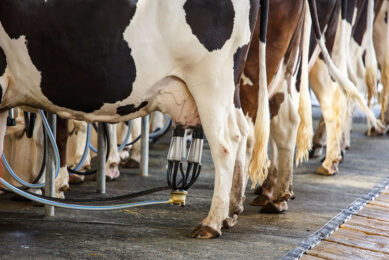Milk volume growth ‘big 7’ lowest in 3 years

Milk production of the so-called big 7 exporters continued to slow down in the last 3 months of 2018, according to Rabobank.
According to the latest ‘Dairy Quarterly Q4 2018’ report from Rabobank, the milk supply growth of the US, EU, New Zealand, Australia, Brazil, Argentina and Uruguay (the big 7 exporters) continued to slow down at the end of 2018.
Still some growth in some countries
Per region there are different reasons for this. In Australia, the lingering effects of Mother Nature have severely impacted milk flows and quantity across the second half of 2018. The US showed the lowest year-on-year growth since 2013. However, some countries did show growth. Brazil for example showed some growth, as a result of more moderate feed costs and profitable milk prices.
Argentine milk producers have overcome inflated milk production costs and continue to make a recovery from the low volumes delivered over the prior 2 years. New Zealand set a new record for peak milk flows in the month of October. Still, the year-on-year growth for the big 7 combined is only 0.6% and the lowest since 2016.
Regional dairy markets
The report also summarises per region in the world what the effects of 2018 have been and what can be expected for 2019.
EU
The lingering effects of the drought in north-western Europe, such as the limited availability of quality silage and higher slaughter rates during the second half of 2018, limit the potential for milk production growth in the first quarter of 2019 and will impact dairy farmer margins. Rabobank expects milk consumption growth in the EU to remain at a stable pace of 1% in 2019.
US
A nearly 25% year-on-year decrease in margins has contributed to US milk production growth slowing to just 1% in 2018, the lowest year-on-year growth since 2013. The 2019 outlook is also tempered, as significant margin improvement is unlikely prior to Q2 2019. The US will need to continue to lean heavily on export growth in order to offset any weakness in domestic demand.
New Zealand
Full-year season milk production through to Q2 2019 has been lifted to 4.5%, underwritten by the favourable seasonal conditions to date, with plenty of supplementary feed harvested to plug any feed gaps which may arise. However, with stronger competition from other land uses, along with resource constraints continuing to tighten, the slowdown in New Zealand milk production growth will be evident in 2019 and moving into 2020.
China
Rabobank anticipates China’s imports to grow at double-digit pace in 2019. However, China’s economic growth outlook is placing a lot of uncertainties over the growth in dairy demand and milk production, at a time when the cost of production is going up as a result of rising feed prices and the trade war with the US.
India
The Indian government has increased export subsidies to 20% in order to export surplus skimmed milk powder. Rabobank expects that milk production estimate for the current year (2018/19, April-Mar) will remain unchanged and are expected to surpass 180m tonnes. Fonterra announced its re-entry into the Indian dairy sector and product launches are expected in 2019.
South America
Milk production has grown in Argentina, Brazil and Uruguay in Q4, and farmers will start 2019 in a better position than they started 2018. Demand will remain subdued in Argentina, but a gradual recovery is expected for Brazil, with imports set to recover. Also farmgate prices for Brazilian dairy farmers are likely to start higher in 2019 than in 2018.
Australia
Dairy farmer margins will remain under significant pressure well into 2019, with no margin relief in sight from high input costs. Milk production will continue to track well below year-ago levels through the remaining peak spring months into 2019. Australia’s exportable surplus will remain under pressure into 2019. However, with a better start to the growing season, the trends in declining milk production could be reversed.
Source: Rabobank
Join 13,000+ subscribers
Subscribe to our newsletter to stay updated about all the need-to-know content in the dairy sector, two times a week.










